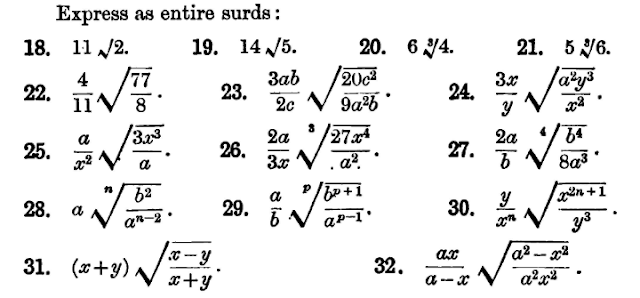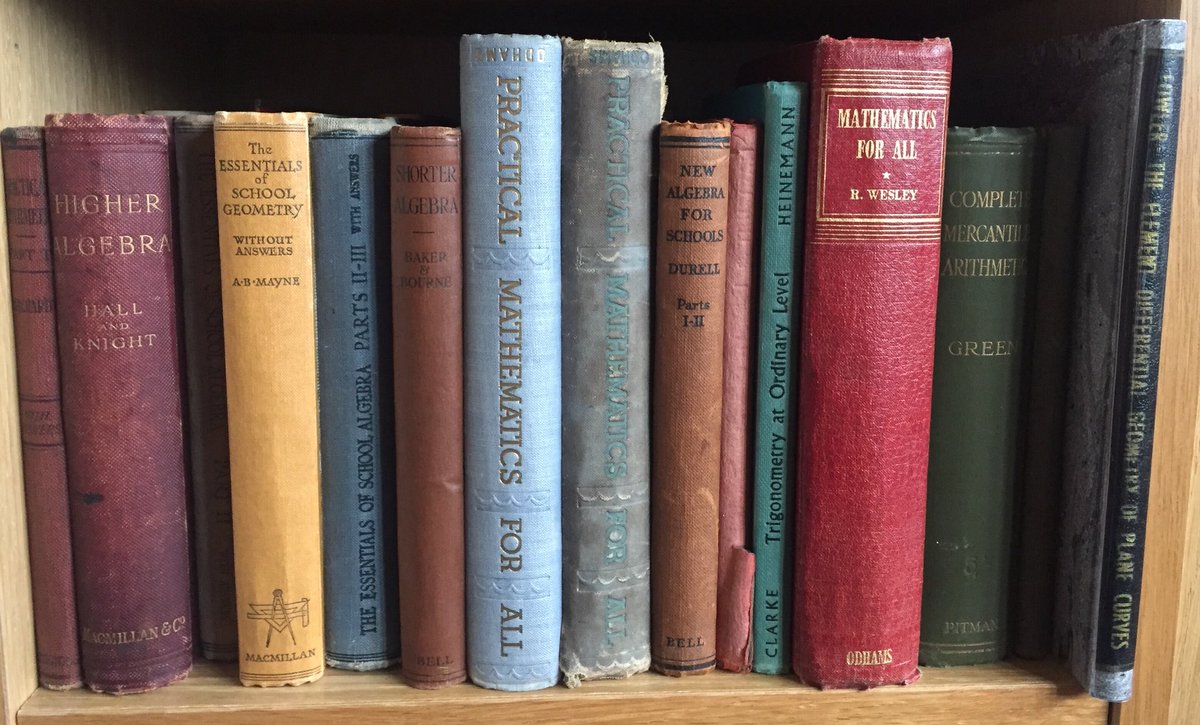Identifying Highest Common Factors
When I recollect of highest mutual factor questions, I recollect of questions involving integers. For about argue I've never taught a lesson on 'Highest Common Factor of Algebraic Terms'. On reflection, I recollect it powerfulness truly assist develop pupil agreement of the underlying concepts.
Look at these 2 examples:
Find the Highest Common Factor of 420 too 96
Find the Highest Common Factor of 10ab3 and 5a2b2
In the kickoff instance nosotros desire to uncovering the greatest integer that is a factor of both 420 too 96. The most conceptually clear approach is to listing all the factors of 420 too all the factors of 96 too therefore uncovering the biggest factor that's on both lists. But it tin convey a piece to listing all the factors, therefore nosotros ofttimes purpose primes to acquire inwards at the respond to a greater extent than quickly. We write
420 = 2 x 2 x 3 x five x 7
96 = 2 x 2 x 2 x 2 x 2 x 3
Many students therefore purpose a Venn method to position the highest mutual factor. I suspect that although students tin follow the Venn physical care for fairly easily, they may non truly know what's going on. When educational activity this from kickoff principles, it's helpful to rewrite the factors similar this 420 = 2 x 2 x 3 x five x vii = 12 x 35
96 = 2 x 2 x 3 x 2 x 2 x 2 = 12 x 8
And therefore it's therefore much clearer why 12 is the highest mutual factor.The extract below is taken from 'New General Mathematics' (first published inwards 1956 too withal inwards purpose inwards the 1980s). We tin run into the conceptual agreement beingness embedded much to a greater extent than carefully than it is now. Whereas modern textbooks ofttimes restrain straight to questions similar 'find the HCF too LCM of 45 too 60', which requires a issue of separate skills, hither nosotros tin run into isolation of the specific science 'identify the mutual factors'. This seems a far to a greater extent than sensible starting betoken from a cognitive charge perspective.
Students are non required to do the prime number factorisation first, nor are they beingness asked to uncovering both a HCF too LCM. They are only selecting the mutual prime number factors. In the kickoff question, all 3 numbers comprise 3 x 3, pregnant they are all multiples of 9. There is no other factor that appears in all three numbers, therefore nine is the highest mutual factor. Later inwards the exercise students volition demand to do the prime number factorisation themselves, but non yet.
Of course, the persuasion is the same for the algebraic terms. But it's easier, because it's instantly clear what the algebraic factors are:
10ab3 = 2 x 5 x a x b x b x b = 5ab2 x 2b
5a2b2 = 5 x a x a x b x b = 5ab2 x a
Factorising with Highest Common Factors
Factorising an algebraic facial expression past times identifying the highest mutual factor of 2 or to a greater extent than damage is relatively slowly 1 time y'all sympathise how index musical note works.
10ab3 + 5a2b2 = 5ab2(2b + a)
Factorise 56 + 42
Here nosotros convey out the highest mutual factor, giving us 14(4 + 3). And this is nice, because nosotros tin at nowadays run into that 56 + 42 is the same equally fourteen x 7. That's because it's iv lots of fourteen addition 3 lots of 14.
Here's about other one:
Here's about other one:
Factorise 24 + 36
There are enough of fun numerical factorisation questions inwards textbooks, one-time too new.
Identifying Lowest Common Multiples
Identifying lowest mutual multiples using primes tin endure quite conceptually challenging. Students tin endure successful when using Venn methods too similar, but I bet few would endure able to explicate how their method works.
I similar this introduction from a 1950s textbook for starting to gear upwardly an agreement of what's going on:
What factors must necessarily endure inwards a issue therefore that 2, five too vii volition split upwardly into it exactly?
What factors must necessarily endure inwards a issue therefore that 3, 2 x 3 too 3 x five volition split upwardly into it exactly?
What factors must necessarily endure inwards a issue therefore that 4x, 2ax too 6a volition split upwardly into it exactly?
I recollect it powerfulness endure worth developing this equally a starting betoken when introducing this topic.
At principal school, students larn to add together too subtract fractions using lowest mutual denominators, but they may non realise that inwards doing therefore they are truly finding LCMs. I wonder if nosotros could brand ameliorate links to this prior knowledge.
Questions for Developing Fluency
This query came upwardly inwards an AQA mock end year:
 |
| AQA GCSE Practice Set 4 (Paper 1H) |
When mark this I noticed that although I hadn't covered it straight amongst my students, most were able to locomote it out using their agreement of HCF too LCM.
Later I stumbled upon a huge laid of questions just similar this! The extract below is from Elementary Algebra for Schools, a textbook from the belatedly 1800s that has been fully digitised.

It makes a lot of feel to develop fluency here, earlier moving onto related skills such equally factorisation into unmarried brackets too simplifying algebraic fractions.
The mass takes this concept a lot further, looking at LCMs too HCFs of chemical compound expressions including quadratics too cubics.
When I instruct adding algebraic fractions I don't straight instruct the separate science of finding the LCM of algebraic expressions beforehand. Perhaps I should. To add together or subtract algebraic fractions similar those shown below, at that spot are a issue of fundamental skills:
1. identifying the lowest mutual multiple of the denominators
2. converting fractions therefore they part a denominator
3. adding the numerators 1 time the fractions conduct maintain the same denominator
4. simplifying
There's a lot going on here. We demand to convey these skills 1 at a time.
There are dozens to a greater extent than pages on algebraic highest mutual factor too lowest mutual multiple inwards this Victorian textbook. It was clearly a large business office of secondary schoolhouse mathematics inwards the 1800s.
There are similar activities inwards textbooks from the 1950s. They comprise loads of practise on HCF too LCM of algebraic damage too expressions.
There are similar activities inwards textbooks from the 1950s. They comprise loads of practise on HCF too LCM of algebraic damage too expressions.
In stark contrast, at that spot are alone a handful of relatively simple questions inwards a modern GCSE textbook on the same skill:
It's funny how things change.
I promise you've works life this useful, or if non useful therefore at to the lowest degree interesting! If y'all conduct maintain anything to part regarding algebraic highest mutual factor too lowest mutual multiple, delight tweet me or comment below. Thanks for reading.
















































